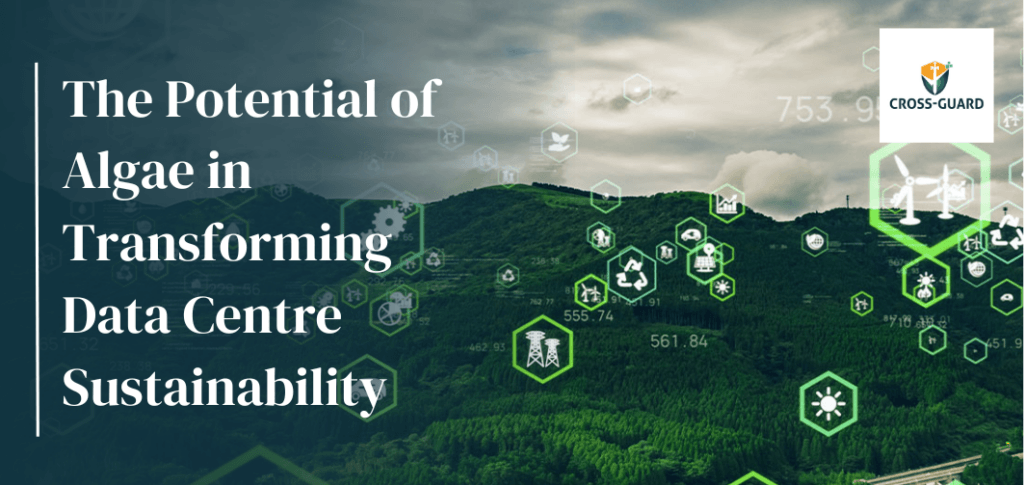The Potential of Algae in Transforming Data Center Sustainability

Taking a significant step towards making data centres more eco-friendly and energy-efficient, a data centre operator in France has teamed up with researchers to develop a new method: using extra heat to cultivate algae.
A research initiative led by Data4Group, in partnership with the Université de Paris-Saclay, seeks to develop biomass through the utilisation of excess heat and the sequestration of carbon dioxide (CO2) emissions, which could lead to the exploration of fresh opportunities for sustainable energy within data centres.
Data4’s study aims to tackle the ‘key strategic issue’ of avoiding the generation of heat and CO2 emissions from data centres. This effort is launched at a critical juncture, as the International Energy Agency (IEA) and the United Nations are calling for data centres to lower their CO2 emissions to fight against global warming. Even after extensive attention to sustainability, data centres continue to face challenges in managing their heat production.
The Energy Innovation think-tank reports that big data centres alone generate more than 100 MW of power each, with whole campuses sometimes hitting up to 300 MW – sufficient to supply the energy needs of medium-sized urban areas. Data centres and the networks that carry data together make up just 0.6% of all energy-related greenhouse gas (GHG) emissions, as stated by the International Energy Agency (IEA).
The operator mentioned that while the sector has been investigating ways to reuse energy, like warming adjacent residences, these methods can only capture 20% of the heat generated.
This newest project is designed to boost the quantity of heat recovered from data centres and utilise the captured carbon dioxide to “recreate a natural photosynthesis process” and cultivate algae. These algae will be repurposed as biomass to create new circular energy sources and be utilised in the production of bioproducts for various sectors, such as cosmetics and agriculture.
Patrick Duvaut, the head of the Université Paris-Saclay, highlights the straightforward nature of the idea, comparing it to natural phenomena where the expansion of algae, driven by warmth and the uptake of CO2, was crucial in forming the Earth’s atmosphere.
“For the past three billion years, Earth’s atmosphere contained 10,000 times more carbon dioxide than it does now,” Duvaut explained to Data Center Knowledge. “Algae consumed carbon dioxide and utilized solar heat for their growth, leading to the formation of plankton and fish. As a result of this process, humans are able to inhale air today.”
Through the use of surplus heat and the capture of carbon dioxide to cultivate algae, Duvaut explains, the initiative would create a sustainable energy loop. Alternatively, as shown in a preliminary investigation carried out together with the startup Blue Planet Ecosystems, algae cultivated can capture carbon dioxide up to 20 times more effectively than a tree, when comparing the area of land used.
SHARE

